Bird of Paradise Care Guide
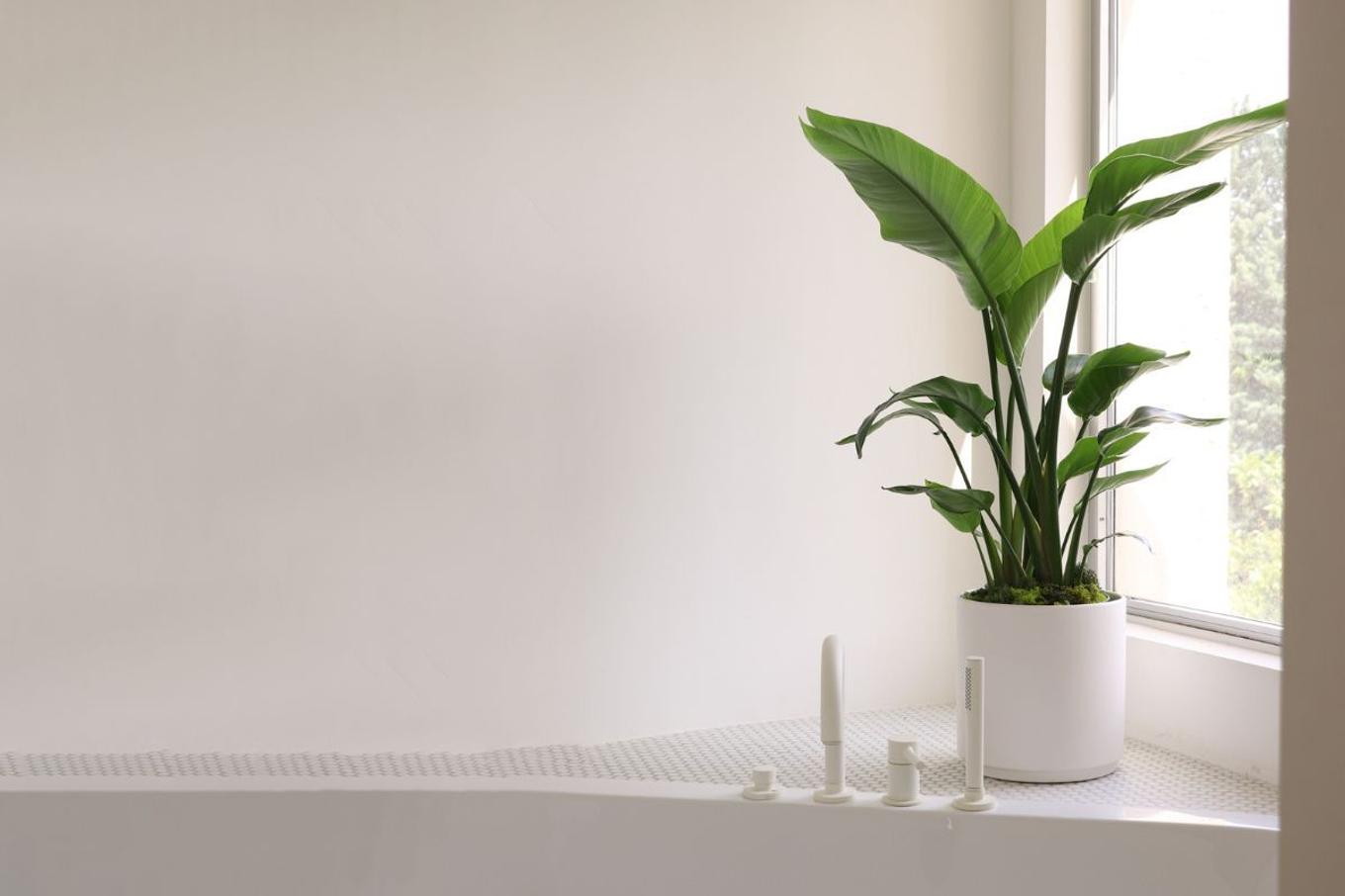
With its striking, glossy leaves and lush, tropical appeal, the Bird of Paradise (Strelitzia Nicolai) makes a bold statement indoors. Named for its vibrant, bird-in-flight-like blooms, this elegant yet resilient plant is a favorite for both beginners and seasoned plant enthusiasts. Keep reading for easy care tips to help your Bird of Paradise thrive for years to come.
Simple Care Instructions for the Bird of Paradise
Light Requirements
The Bird of Paradise thrives in bright, indirect light but stands out from most indoor plants by tolerating some direct sunlight. However, prolonged exposure to intense sun for indoor Bird of Paradise plants—especially during summer afternoons—can scorch their leaves unless gradually acclimated.
Watering Needs
Water deeply when the topsoil is dry, typically once a week. Bird of Paradise plants can be heavy drinkers, so don't be afraid to give your plant a good drink. Bottom watering (allowing your plant to sit in water for a few hours and drink from the bottom up) can be a great method to water these often thirsty plants.
Feeling unsure about watering? Use a moisture meter to always know the best time to water. Shop our favorite minimalist moisture meter here.
Humidity and Temperature
Birds of Paradise love plenty of humidity, so if your plant lives in a relatively dry environment, boost its humidity by placing a humidifier nearby or misting often.
This plant thrives in warm temperatures between 65–85°F (18–29°C). It prefers a stable environment and should be kept away from cold drafts, air conditioning vents, and sudden temperature drops. Though this plant has some tolerance to frost, generally it is best to avoid any exposure as freezing temperatures can damage the plant.
Soil and Fertilizing
Use a well-draining, nutrient-rich soil for your Bird of Paradise. A high-quality indoor potting mix works well, especially one that includes perlite, sand or orchid bark for better aeration and drainage. Support your plant's often fast growing leaves by feeding it a balanced liquid fertilizer twice a month during the growing season in spring or summer, which is also an ideal time to repot. In fall and winter, when growth slows, you can reduce or pause fertilizing.
Common Problems and Troubleshooting Tips
Splitting Leaves
Symptoms: Leaves split on the edges and sometimes entirely to the enter of the leaf.
Cause: A simple natural feature of the plant!
Solution: Many people worry that the splits in a Bird of Paradise's leaves mean something is wrong, but this is completely normal. These natural splits help the plant withstand wind by allowing air to pass through without damaging its large, heavy leaves. While keeping the plant indoors may reduce splitting, it’s still a common and expected part of its growth. There is nothing to do but enjoy the natural beauty of your plant!
Brown Edges – Underwatering
Symptoms: Leaves turning crispy and brown at the edges.
Cause: Dehydration, not enough water.
Solution: Bird of Paradise plants love humidity and need consistent moisture—so keep them away from air vents or heaters. Make sure you’re watering regularly, and consider misting or using a humidifier to increase humidity.
Curling Leaves - Underwatering
Symptoms: Leaves curling inwards towards themselves.
Cause: Underwatering.
Solution: Give your Bird of Paradise a long, generous drink. Better yet, practice bottom watering (mentioned above) regularly to ensure your plant is getting the water it needs to its large, fast-growing root system.
Yellow Leaves - Overwatering
Symptoms: Yellow, sagging and/or wilting leaves.
Cause: Most likely overwatering.
Solution: Though Birds of Paradise can be thirsty plants, if you allow your plant to sit in water for too long (thus developing "wet feet"), the soil may become waterlogged. Avoid overwatering by ensuring proper drainage. To fix your overwatered plant, you may need to remove it from its pot and inspect the roots. If there is any sign of root rot, thoroughly clean the roots, remove rotting roots, and repot in fresh potting soil.
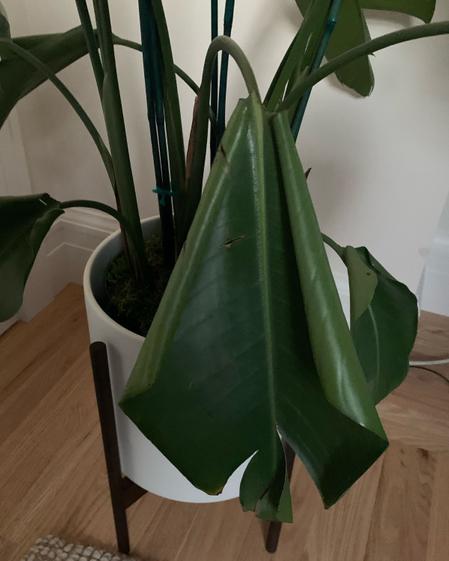
Curling leaves most likely underwatering
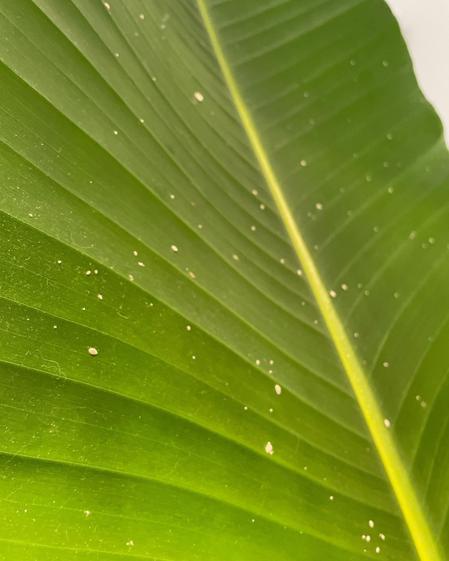
Mealybug infestation
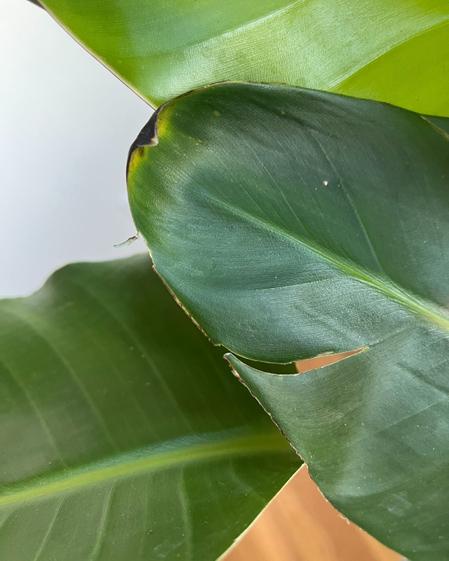
Brown edges could mean underwatering
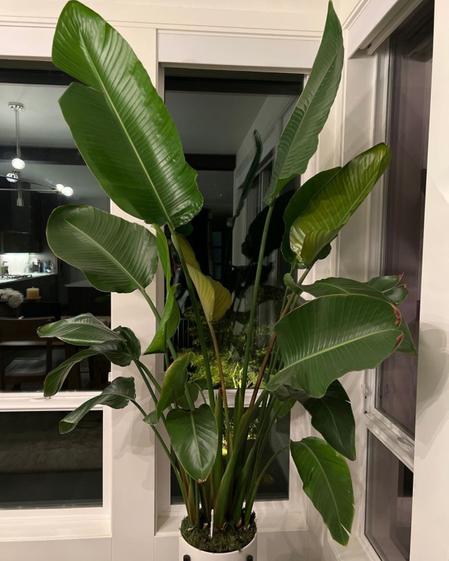
Birds of Paradise need regular repotting
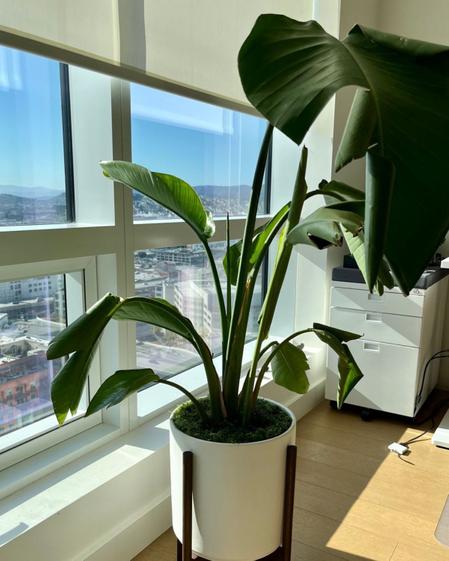
Drooping and curling leaves, most likely too much sun
Seasonal Care Tips
While Birds of Paradise can withstand a fair amount of sunlight and even some direct sunlight, be wary of southern or western facing windows in the summer. During the winter, fall and spring, a Bird of Paradise may thrive there, but it will quickly scorch in the summer months. If you'd like to place your Bird in an area with direct sunlight (or outside), it is best to little by little acclimate it to such conditions.
One last thing! Wondering where the flowers are on your Bird of Paradise? Typically, this plant will not flower indoors, and you will only see the colorful flowers on its outdoor counterparts. Never say never, but you'll need to acclimate your plant to great amounts of sunshine if you hope to achieve a flowering Bird of Paradise!








